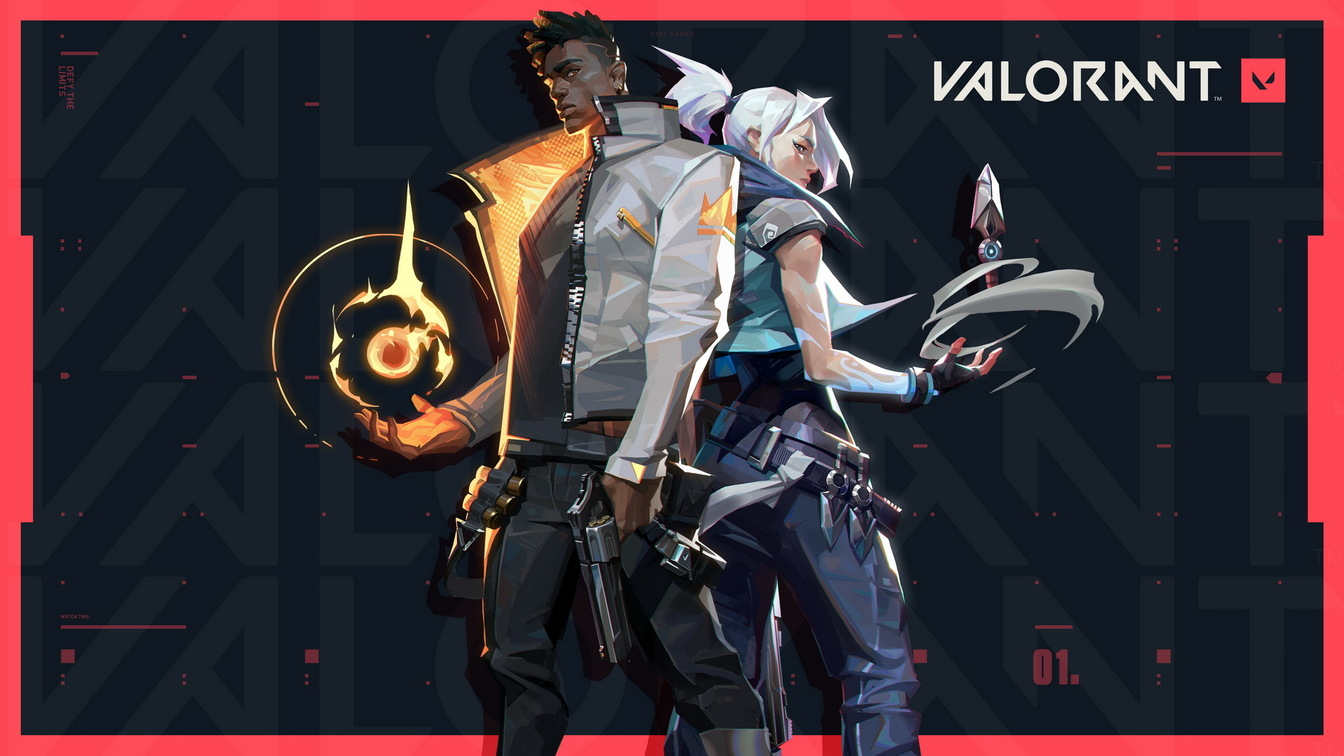
Valorant Game Review
Enhance your gaming experience with our services
Отримайте максимум від гри завдяки професійним рішенням
Valorant Game Review
In the era of Battle Royales (like Apex, PUBG) and tactical FPS (hello, CS2), virtually every game studio is trying to grab its share of the market. Releasing one similar product after another (often clones of the mentioned titles), developers strive to replicate the success of their predecessors. But not Riot Games.
Riot Games took a slightly different path. Instead of creating yet another "CS killer," the company focused on developing a fundamentally different title with unique mechanics.
And yes, this approach paid off. Although Valorant didn't become the "second LoL" in terms of popularity, it managed to carve out a decent niche in the market—around 20 million players from all over the world. Impressive? The community keeps growing, which means that by 2025, the company will report an even larger number of gamers.
What is the game Valorant, why do players love it, and why is it considered an esports discipline? Goranked.GG experts have prepared a comprehensive Valorant game review covering all aspects.
Check it out to dive into the title's lore and become one of the millions of fans of the Riot Games universe!
Story and Gameplay
Valorant is a first-person tactical shooter inspired by Counter-Strike, but set in its own original universe. Instead of standard team fights with classic rifles and pistols, the main focus is on the characters’ special abilities (there are 27 of them, and the number keeps growing).
In other words, the tactical element is less about positioning and team economy and more about character synergy and individual player skill. Map geometry still matters, but thanks to abilities, it can be partially ignored or used to gain an advantage.
The main highlight of Valorant is its storyline. A rare feature for the FPS genre, but when executed well, it's a worthy part of the gameplay. And that’s what we’ll look at next.
Valorant Lore
An alternate (or perhaps not) future of Earth, preceded by an event called the First Light. This event reshaped reality itself, bringing humanity new technologies and giving rise to superpowered beings known as Radiants.
Radiants possess special abilities fueled by supernatural energy. To maintain control, an organization called the Valorant Protocol is formed, composed of both Radiants and technologically-equipped agents. They stand against antagonists from Mirror Earth (also known as Earth-2), essentially their duplicates.
The story unfolds gradually through dialogues, videos, and cutscenes.
Valorant Gameplay
The core shooter concept is very similar to CS. In Valorant, two teams face off in 5v5 matches where one side attacks and the other defends. However, the combat mechanics are fundamentally different. Here's why:
-
Valorant features 27 agents divided into 4 classes. These characters use energy or tech to gain advantages and defeat enemies.
-
The 4 classes—Duelists, Initiators, Controllers, and Sentinels—each have 1 ultimate ability, 1 signature ability, and 2 active abilities. Each class excels in its own role: reviving teammates, controlling enemies, holding off pushes, or obliterating opponents.
-
Every agent has preferred weapons they use with maximum efficiency.
Positioning and economy still matter in team play, but in early stages they are balanced out by agent abilities. This is one of the core features of Valorant, and a great place to begin a deeper dive into the title.
Valorant Features
Summing up all the key aspects of the game, we get the following characteristics:
-
A tactical shooter focused on gunplay, conceptually similar to Counter-Strike but with a deeper tactical layer, where abilities are just as important as weapons.
-
Unique characters (agents) with active abilities, and proper combinations of these abilities contribute to successful match play and overall victories.
-
Teamplay is the key to winning, achieved through both character synergy and well-practiced team tactics with a deep understanding of the game’s mechanics.
-
A rich lore and in-game story that sparks interest in both newcomers and pros exploring new characters or mastering mechanics.
-
Asymmetrical maps with unique mechanics that blend vertical and horizontal gameplay, level geometry, and other layout design aspects.
-
Vanguard anti-cheat system to prevent dishonest players using software that gives unfair advantages from accessing the game.
-
An esports-centered design where team and individual performance, economic knowledge, positioning, maps, and character mechanics play crucial roles.
-
Free-to-play title with cosmetic in-game purchases, allowing players to explore the game freely without losing advantages for choosing not to invest money.
Valorant, the game you’re reading a review of, is not a direct competitor to CS, as it offers a deeper gameplay experience tied to character abilities. Other standout elements include several distinct game modes and a multi-tiered mastery ranking system.
Game Modes and Ranking System in Valorant
Valorant caters to both hardcore gamers and casual players who prefer fun over tense showdowns. The game offers a wide variety of modes, so everyone can find something they enjoy.
Valorant Game Modes
There are six main types of matches in Valorant:
-
Competitive (Ranked)
-
Unrated
-
Spike Rush
-
Deathmatch
-
Escalation
-
Custom Games
Let’s go over each mode in more detail:
-
Competitive Mode
Standard 5v5 matches where a team wins after securing 13 rounds. This is the core mode, available after reaching account level 20 and completing placement matches. The ranking system is active here and visualizes the player's skill level.
-
Unrated Mode
A full-fledged copy of the competitive mode, but without affecting your rank. Perfect for practice, playing with friends, and testing agents or tactics.
-
Spike Rush
A fast-paced mode where the goal is to plant the Spike. The first team to win 4 rounds takes the match. Matches usually last less than 10 minutes, and players receive random weapons and full abilities.
-
Deathmatch
A mode with no agent abilities and a focus on pure aim. Ideal for practicing shooting, recoil control, and weapon familiarity. Respawn is instant, and there's no effect on rank.
-
Escalation
A fun mode with progressive weapon upgrades. Each kill moves the team to the next weapon level. Great for casual and lighthearted play.
-
Custom Games
A mode for creating your own matches and rules. Full creative freedom—train, play for fun, or run your own mini-tournament. No impact on rank.
Valorant Ranking System
Ranks are only available in the Competitive mode, which unlocks after reaching level 20.
As you climb the ladder, your profile displays a rank icon representing your current skill tier. Here's how the ranks are structured:
-
Iron
Absolute beginners who are just learning the game’s basics. Often unfamiliar with mechanics and positioning. -
Bronze
Players who understand core gameplay concepts and are beginning to grasp maps, agent abilities, and teamwork. -
Silver
Lower-mid-level players with developing aim and tactical awareness. They can adapt and make simple strategic decisions. -
Gold
Confident mid-tier players with solid aim, map knowledge, and decent ability usage. -
Platinum
Upper-mid players who are getting close to high-level competitive play. Strong individual and team play, even with random teammates. -
Diamond
Entry-level elite players. They know the game’s mechanics well and can execute advanced strategies and economy management. -
Ascendant
Semi-professionals or highly skilled players with strong mechanical skills. Often participate in scrims or amateur tournaments. -
Immortal
Top-tier competitors with expert-level game sense, quick reactions, and mastery of maps, agents, and tactics. -
Radiant
The best of the best—top global players. Radiants can solo carry rounds and dominate entire enemy teams with ease.
Rank Distribution (at the time of publication):
-
Iron — 6.05%
-
Bronze — 17.46%
-
Silver — 22.39%
-
Gold — 21.42%
-
Platinum — 15.57%
-
Diamond — 9.93%
-
Ascendant — 5.74%
-
Immortal — 1.39%
-
Radiant — 0.04%
That means only 1.43% of players are in Immortal and Radiant combined.
Acts and Episodes
The ranking system is tied to Episodes that last 6 months, each divided into 3 Acts (2 months each). With every new Act, ranks reset, and players must complete new placements. In most cases, your new rank will drop no more than one tier or one division.
Valorant's Global Popularity
As of the time of writing, Valorant boasts an active player base of over 20 million users. While it may not top the global charts in raw numbers, it maintains a strong and consistent following that keeps the game in the spotlight.
On platforms like Twitch and YouTube, Valorant consistently ranks between the 10th and 20th spots among gaming categories. Streamers playing Valorant often have millions of followers, with an average live viewership of around 10,000 per stream.
Moreover, Valorant is recognized as a full-fledged esports discipline, with tournaments held regularly across Asia, Europe, and the United States. The prize pools are often comparable to those of major titles like Dota 2, CS2, and League of Legends, solidifying its place in the competitive scene.
Reviews and Community Opinions
If you've searched for a Valorant game review, you've probably come across thousands of both positive and negative comments. Most of them are valid in their own way, but like many online games, the community's toxicity tends to amplify the negative feedback.
Here’s one review from a player who went from disliking Valorant to competing in semi-professional leagues:
“I’ve been playing FPS games since Quake. I was a regular in LAN cafés and competed in CS 1.6, later reaching high ranks in CS:GO and CS2.
Valorant made me realize how underdeveloped some of my skills were. Sure, I had good aim and solid tactical sense, but the agent abilities and mechanics were something entirely new—frustrating, complex, and scream-worthy at times.
It took me several hundred hours to finally reach Ascendant.”
Final Thoughts: Esports Trend or Temporary Flagship?
Since its release in 2020, Valorant has become one of the defining titles in the tactical MMO FPS genre. It blends classic CS-style gunplay with sci-fi elements and unique agent abilities, offering a fresh and strategic take on digital combat.
Riot Games continues to support the title with new agents, maps, reworks, and balance updates—keeping the experience dynamic and engaging. What lies ahead remains to be seen, but there’s cautious optimism about Valorant’s future.
So if you're interested in Valorant, now is the perfect time to dive into its lore, discover new agents, and climb the ranked ladder.
Need a boost? Goranked.GG is here to help—offering coaching, mentoring, or full account boosting services.
Reach out today and grab a special offer to power up your climb!
More to read
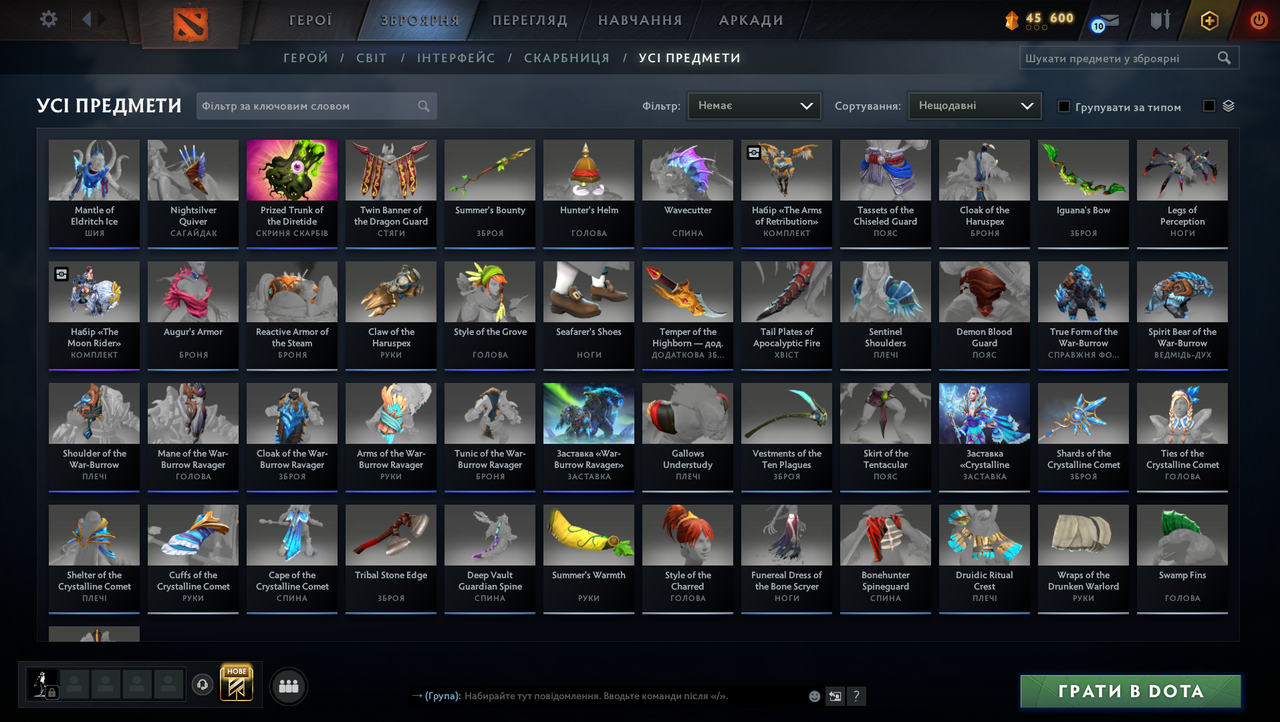
How to Check the Value of Your Inventory in Dota 2
Did you know that a Dota 2 inventory is often valued at tens of thousands of dollars?
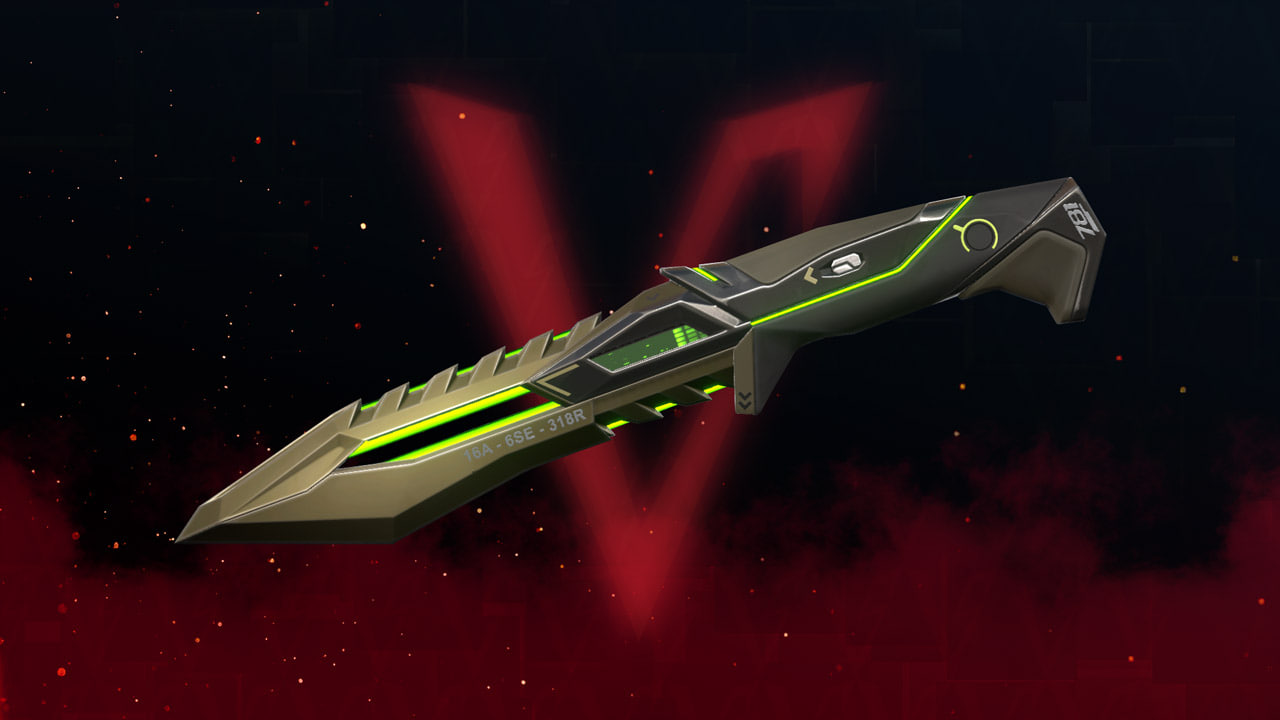

Knives in Valorant
All knives in Valorant deal fixed damage in the range of 50–100 HP, depending on the hit position (from the back or front)
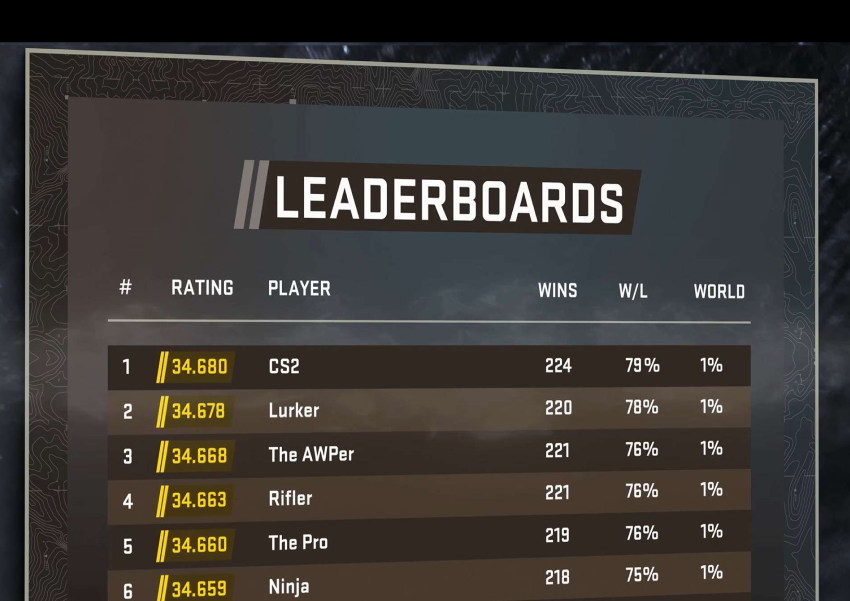
Ranks in CS2: How the Rating System Works in the New Counter-Strike 2
CS:GO rank is a sign of a player's skill, reputation, and access to matchmaking at certain levels


Maps in Valorant
Maps in Valorant play a crucial role in gameplay
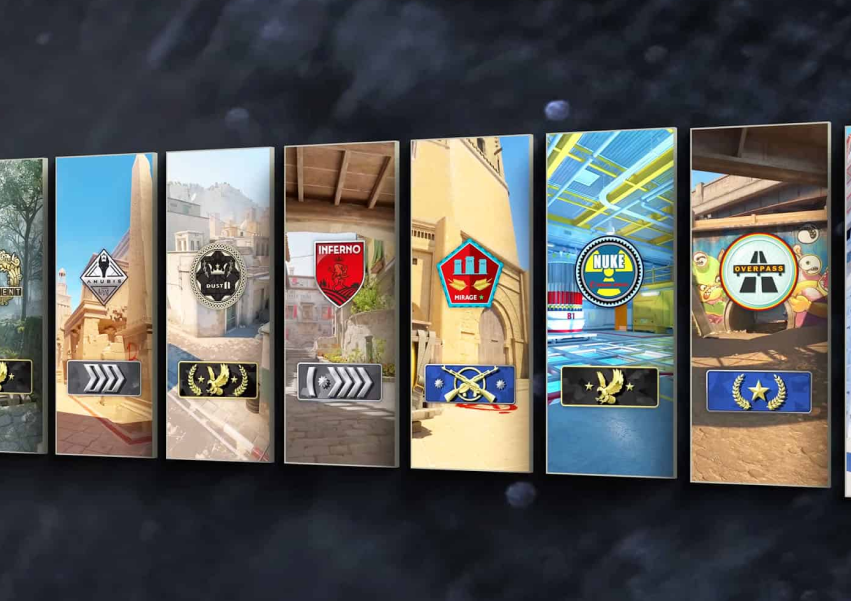
Best Maps for Competitive Play in Counter-Strike 2
What are the most popular maps in CS:GO?
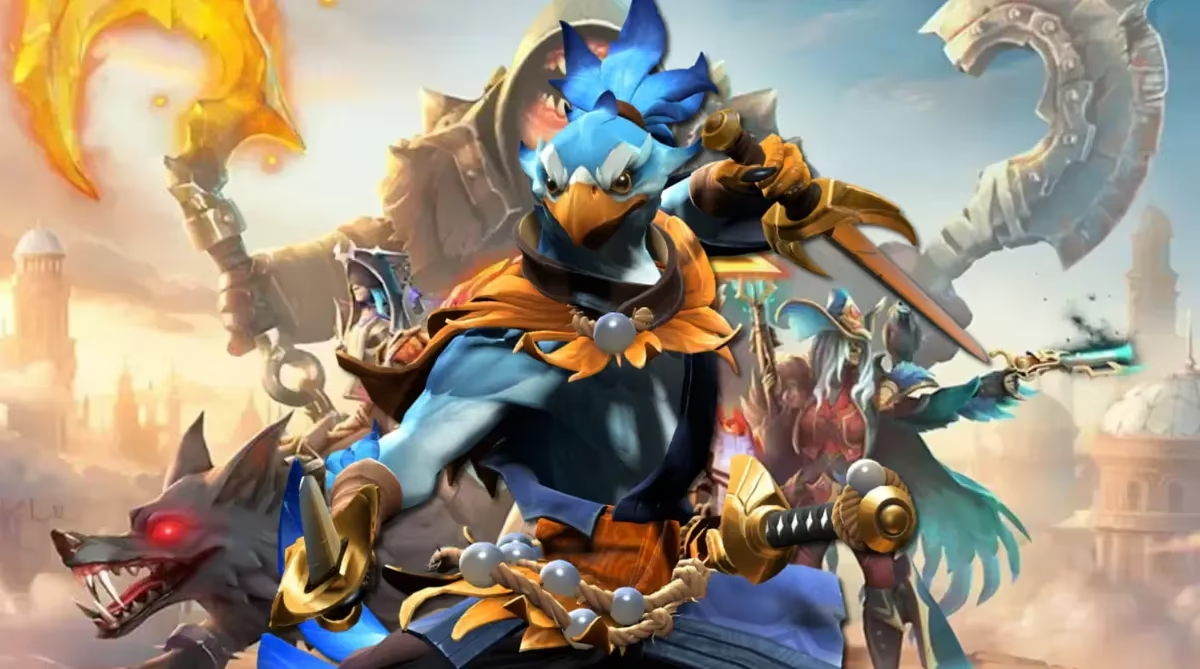
Dota 2 Launch Options – How to Customize the Game for Yourself
A Dota 2 launch option is a special system command that allows you to override some default settings with your own custom configurations


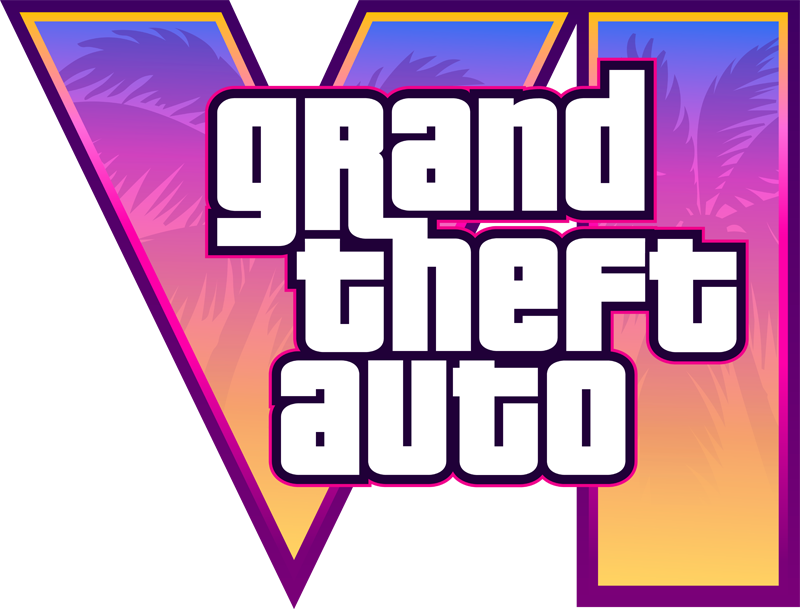

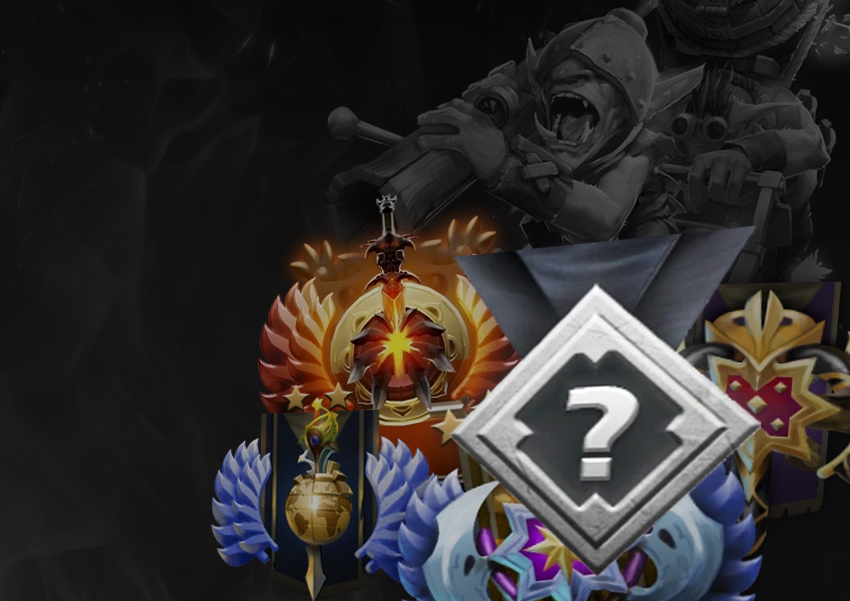
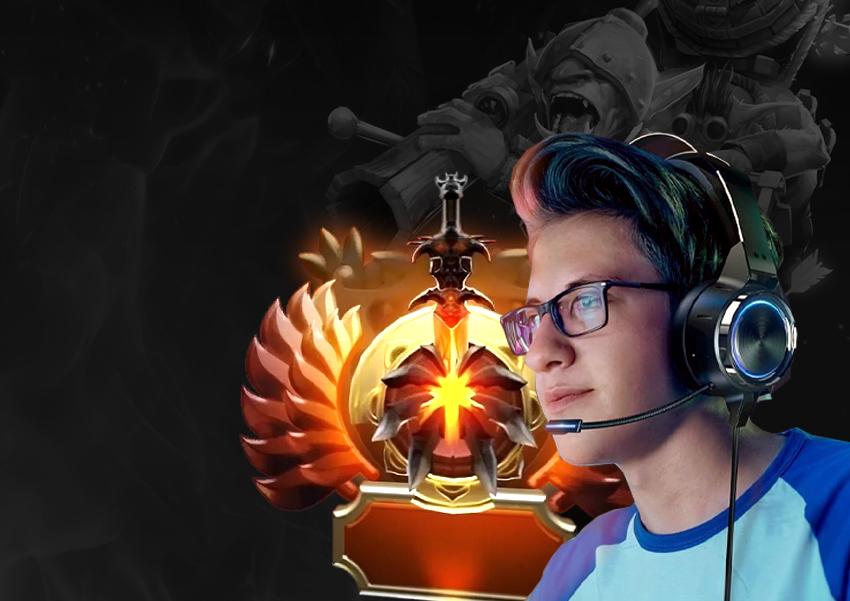
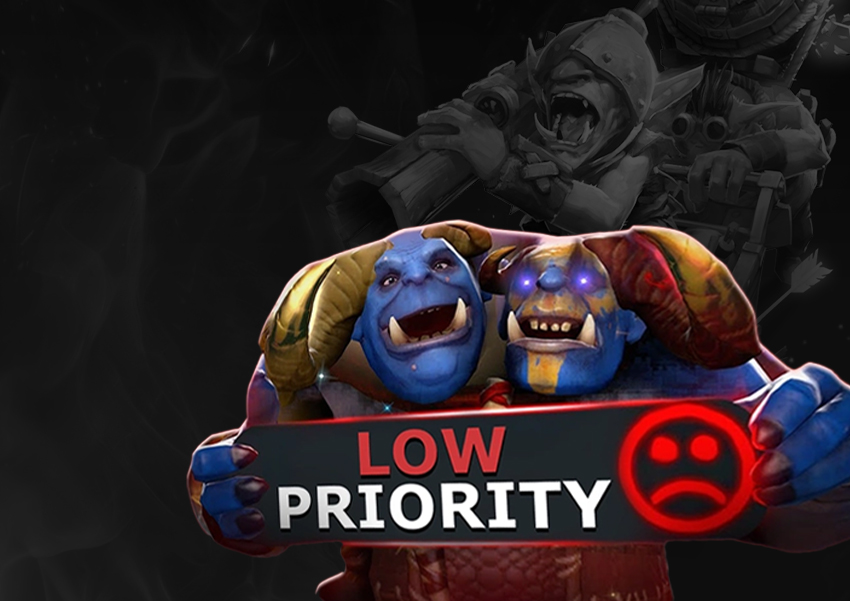
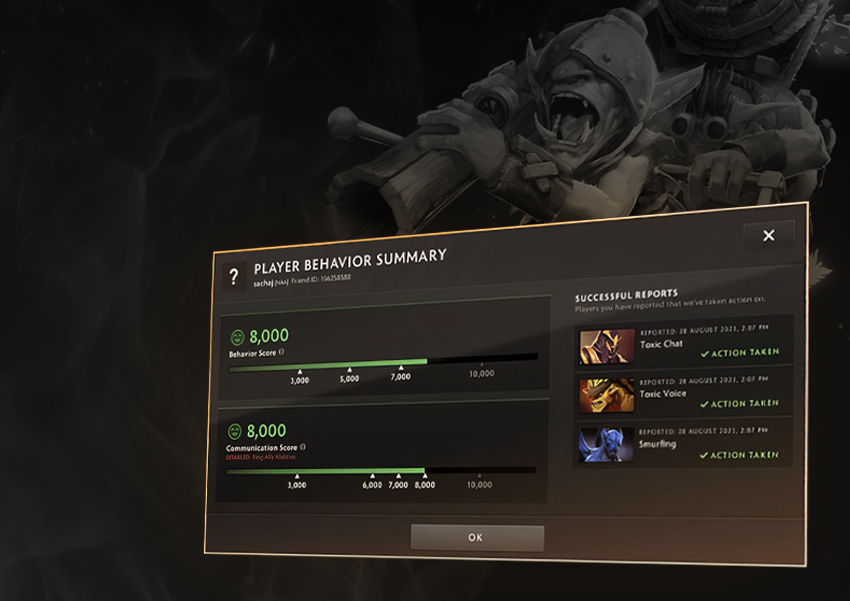
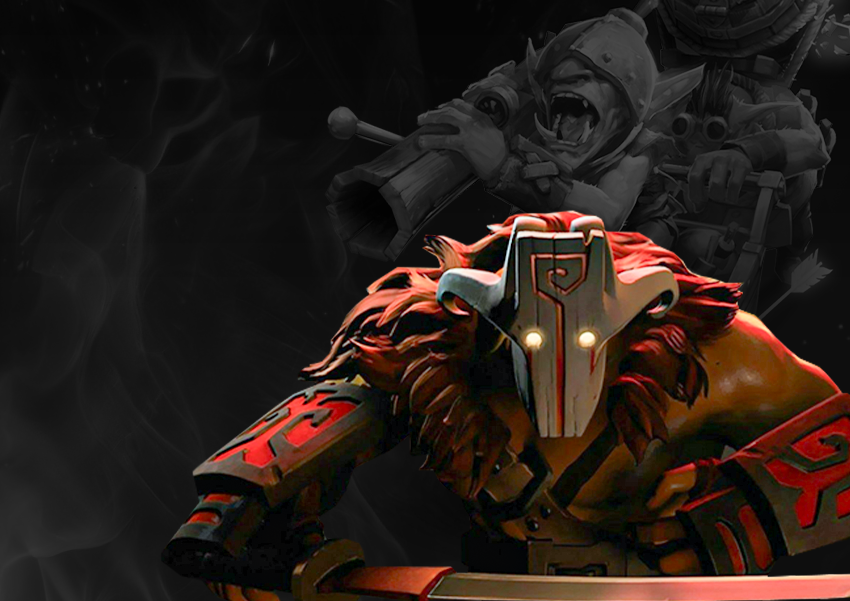
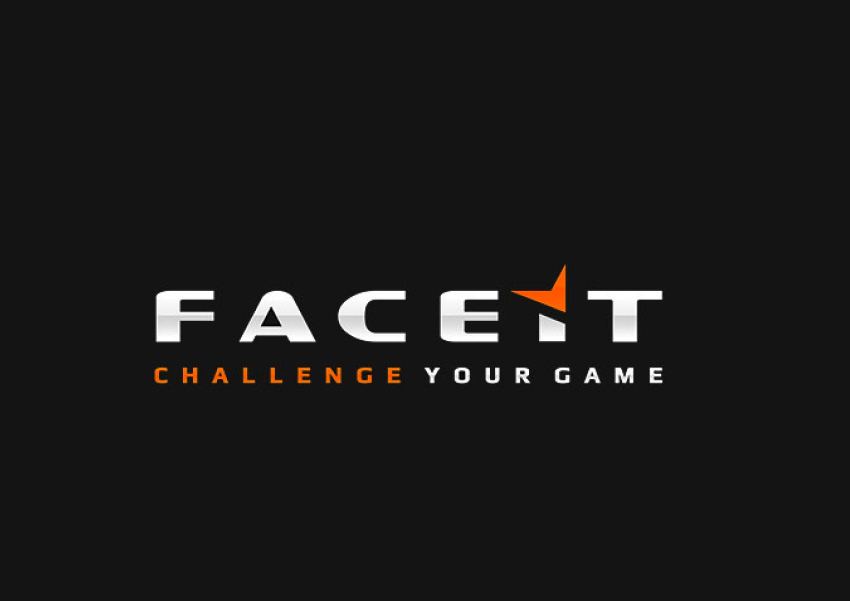
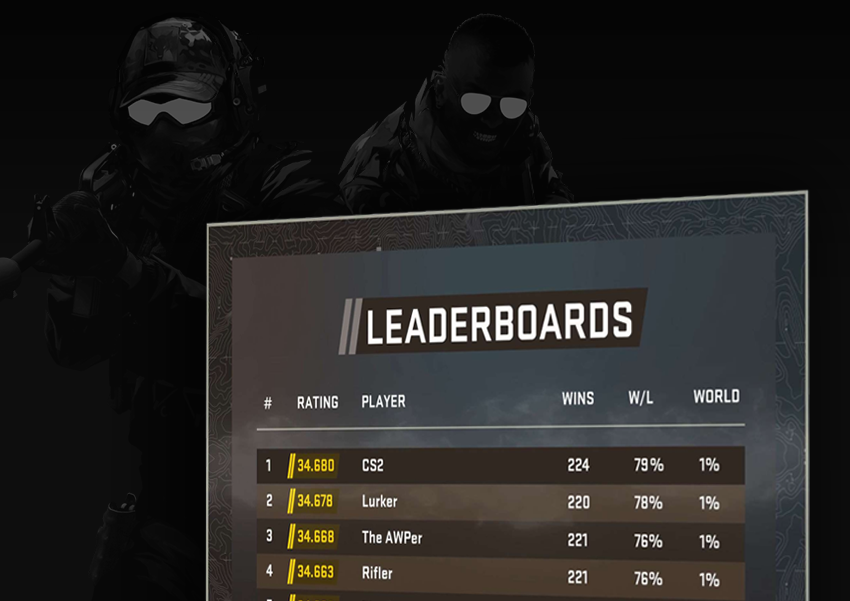
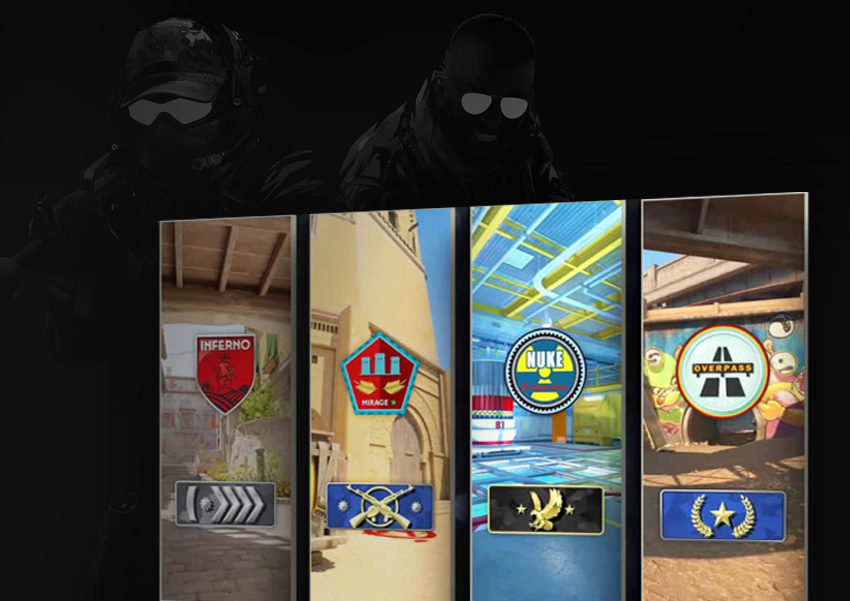
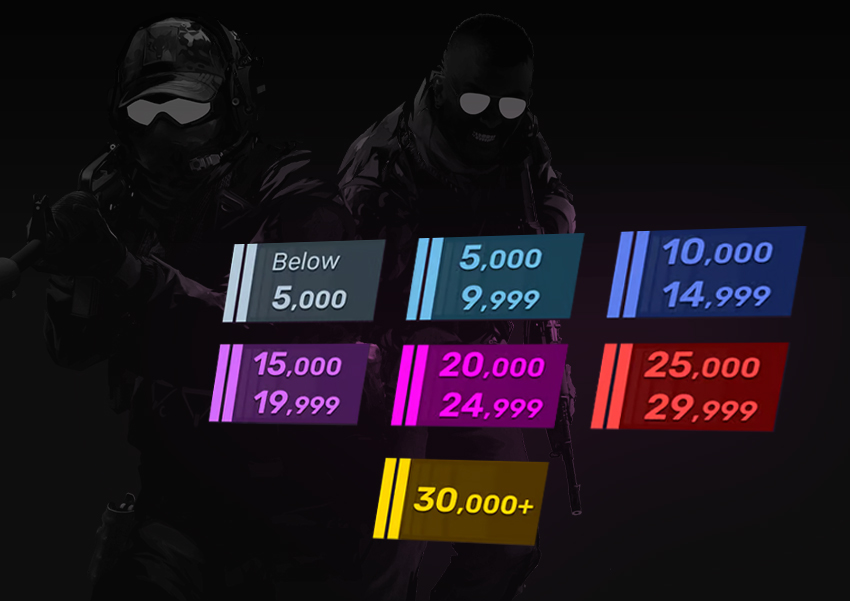
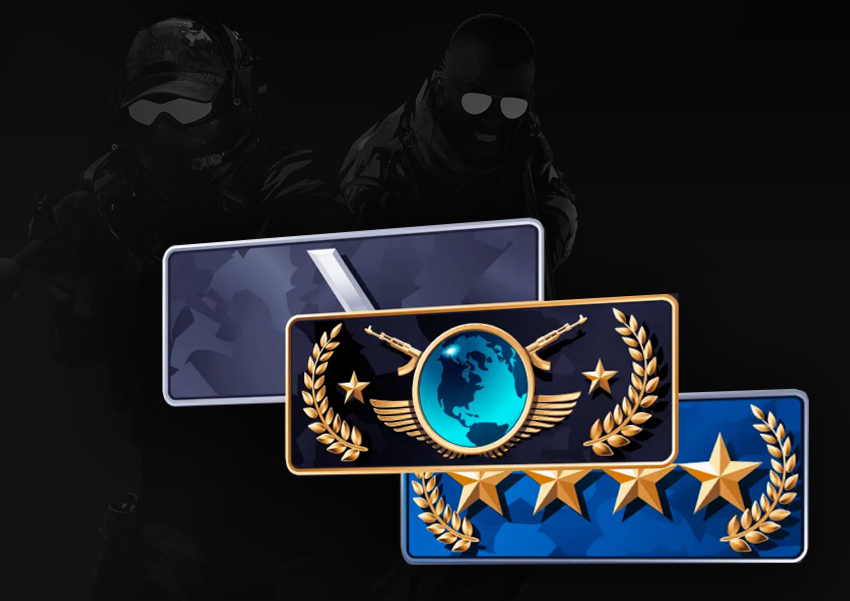
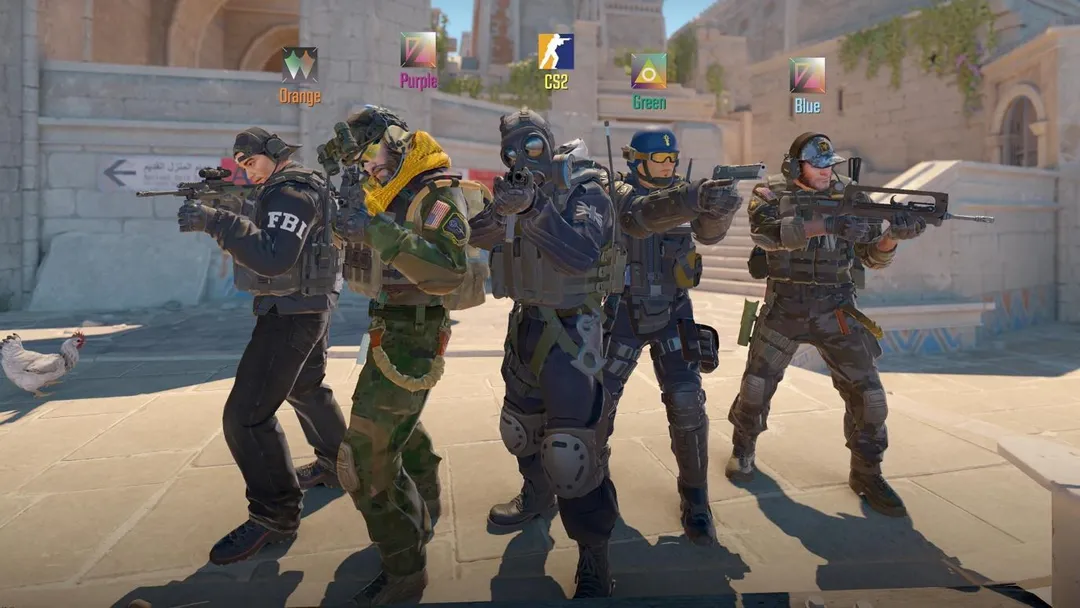
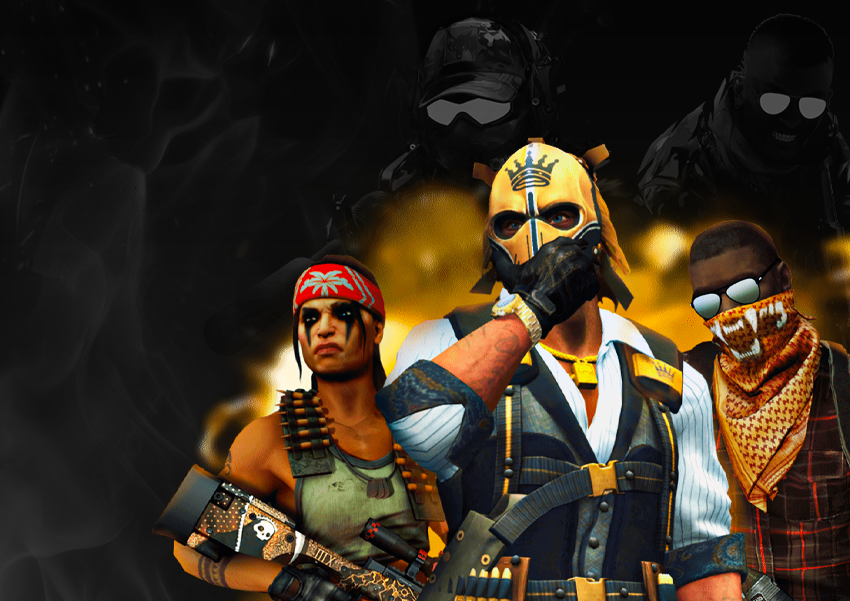
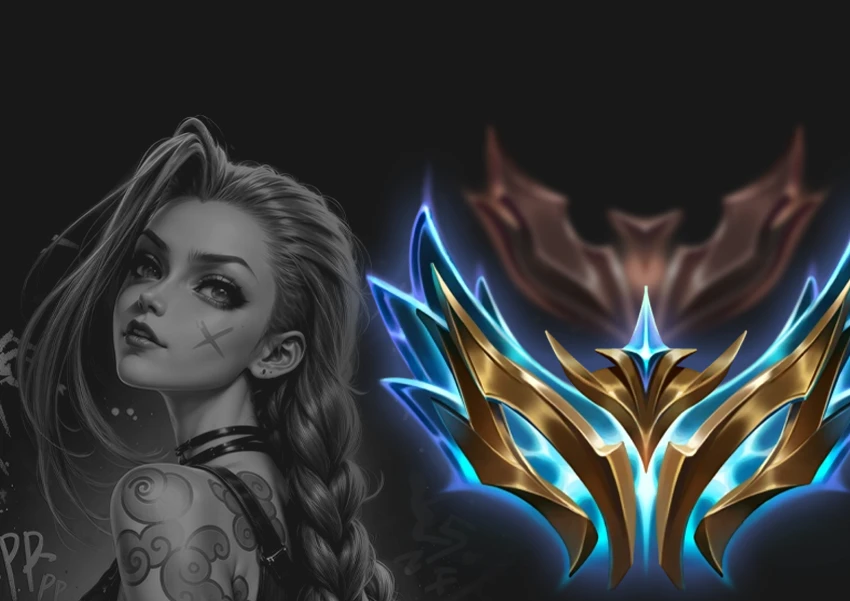

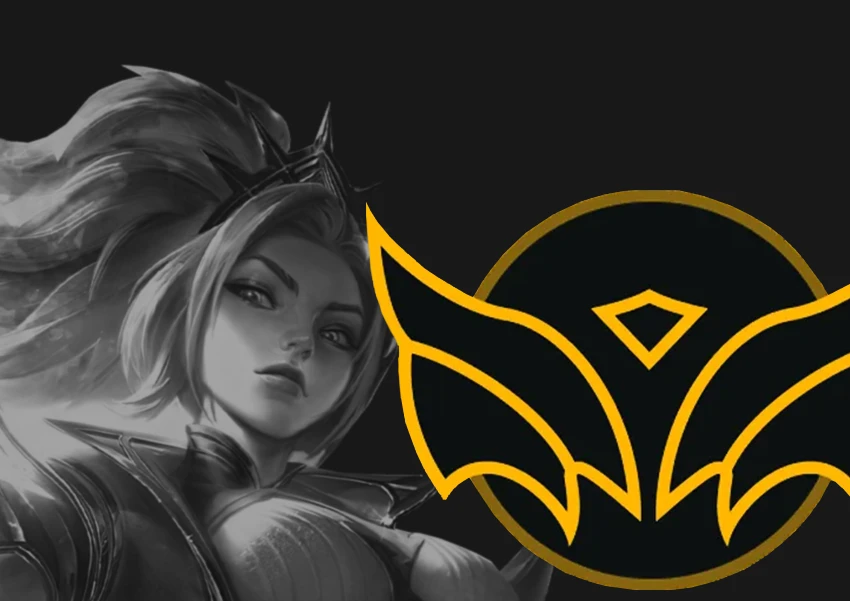
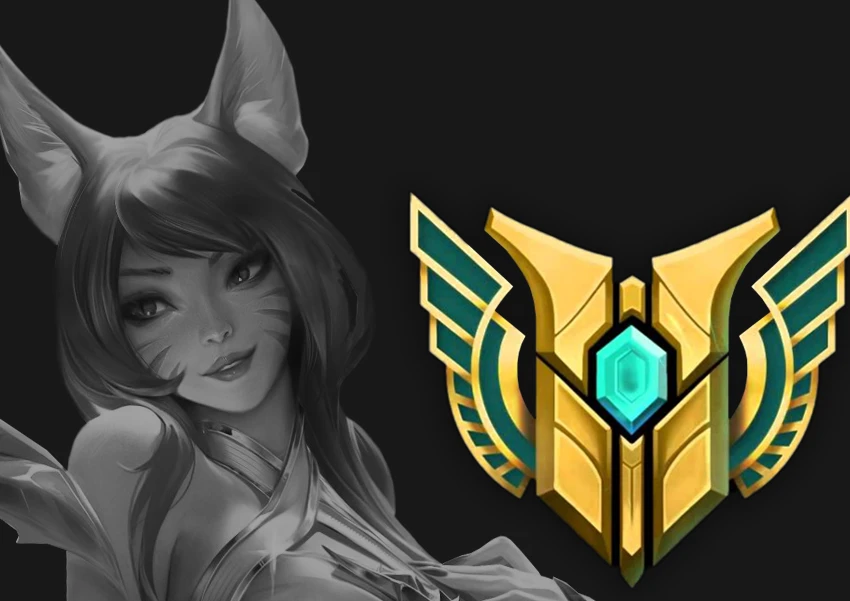
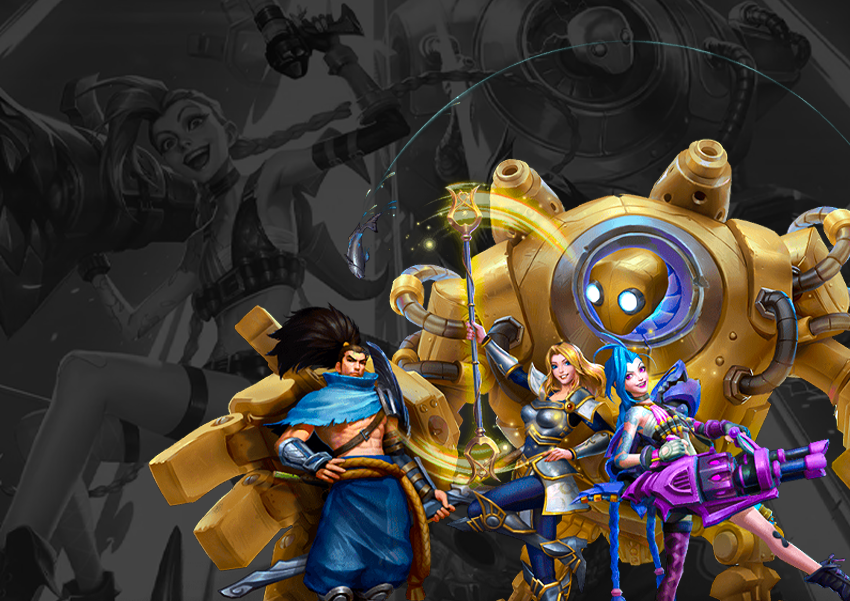



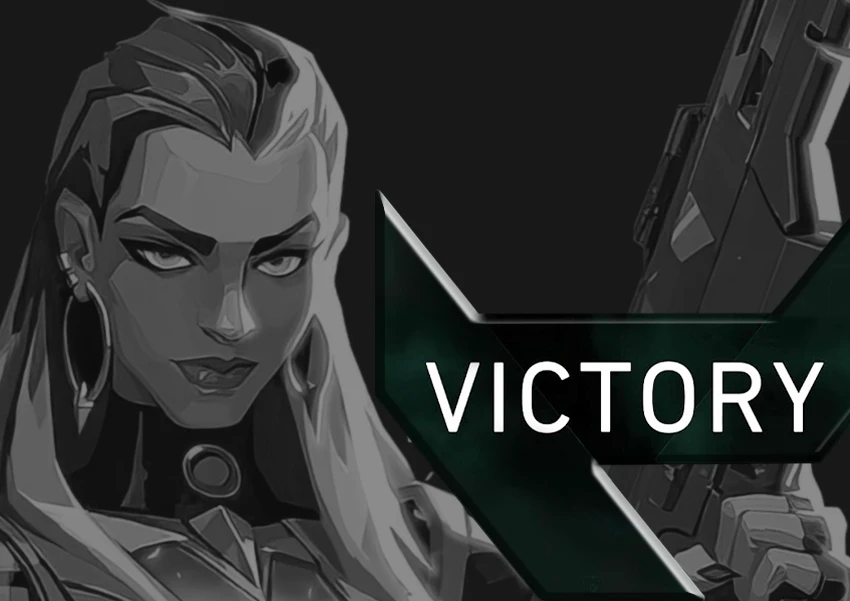
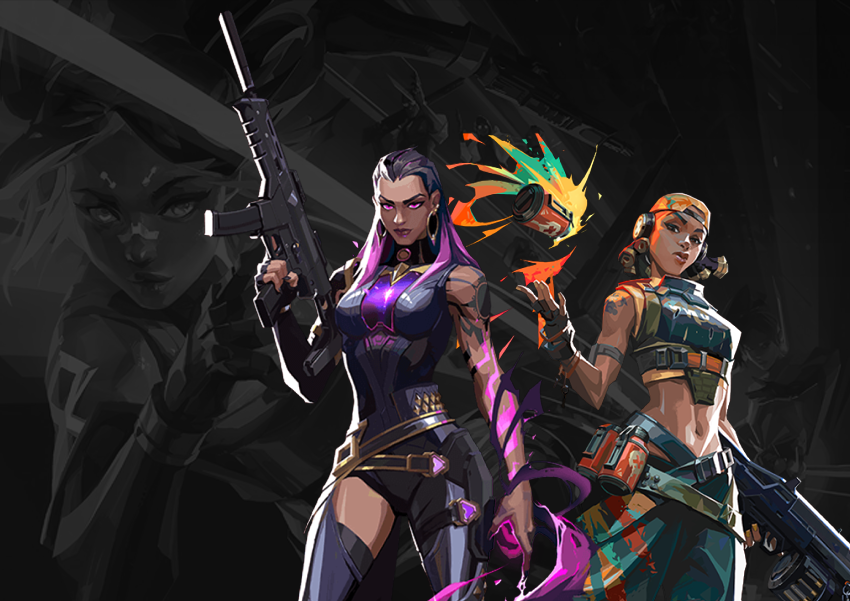
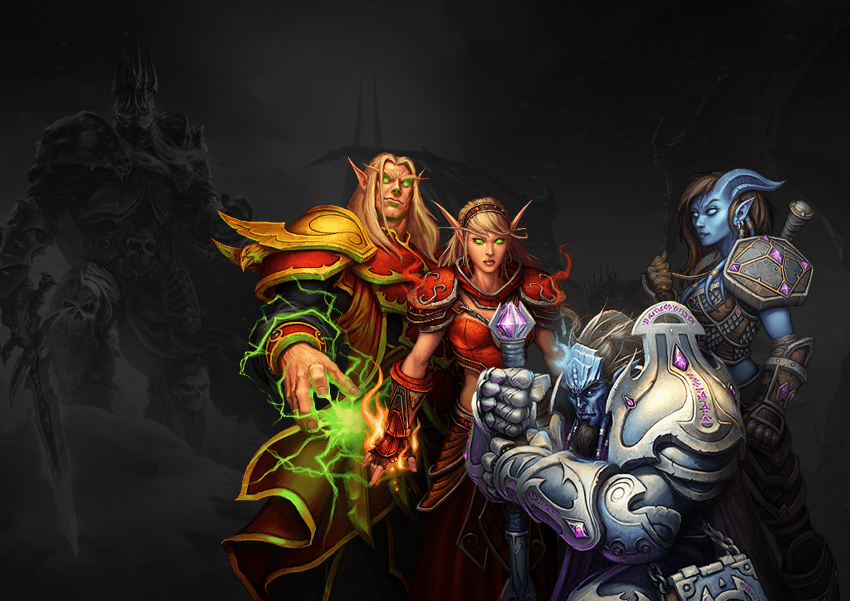

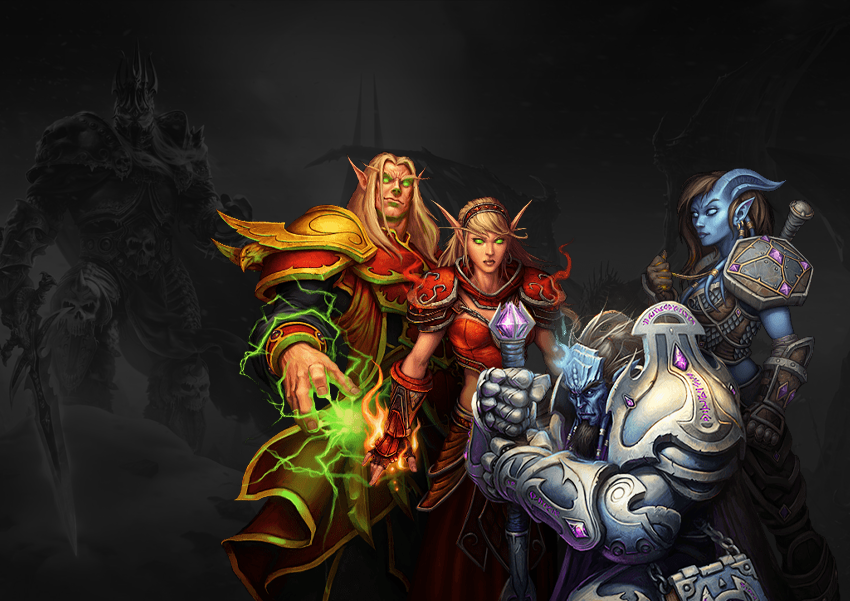
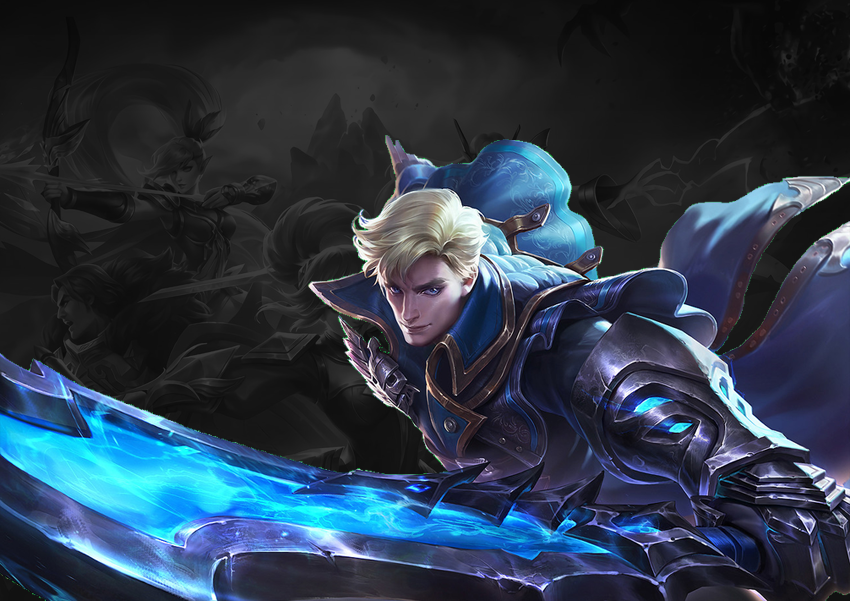
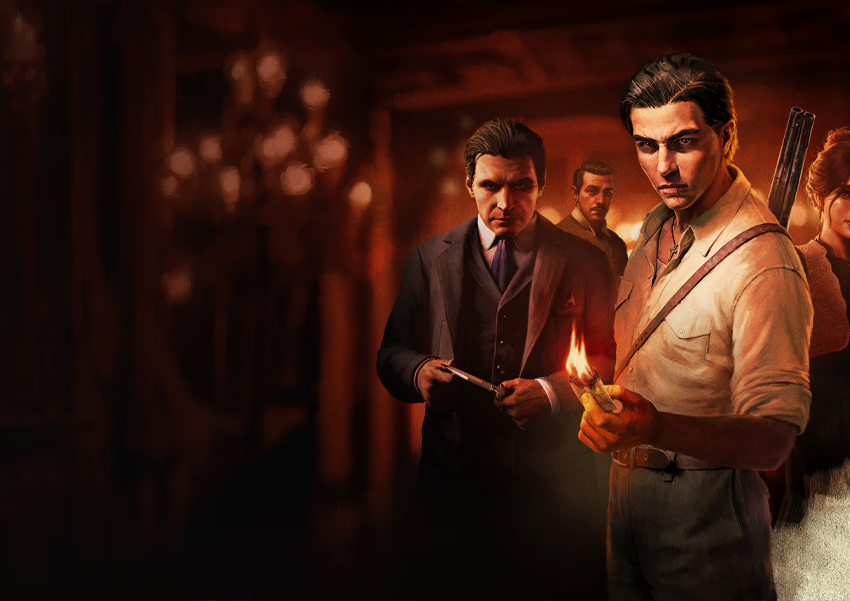
Comments on the article
Поки немає коментарів. Будьте першим!
Leave a comment